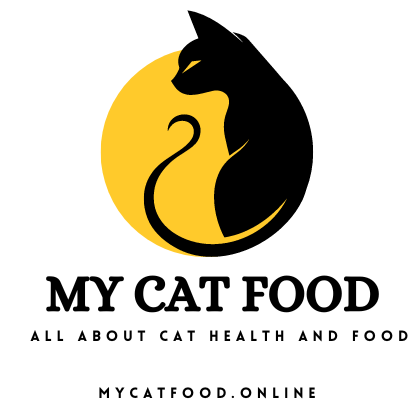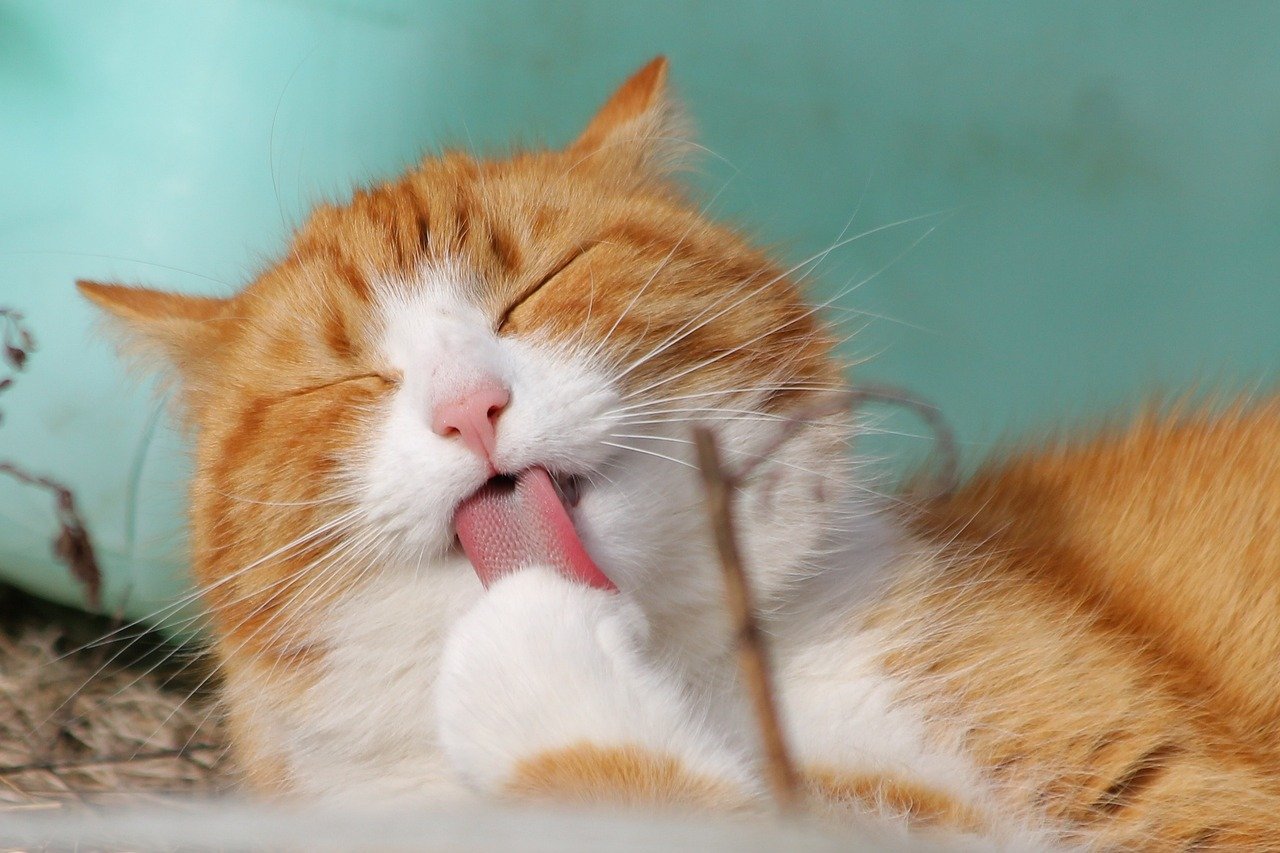Inner pussycats frequently lead more retired lives than their out-of-door counterparts, and while this can give safety, it also presents unique challenges. Understanding how to watch for your inner cat is essential to icing their health and happiness. This comprehensive companion covers everything from nutrition to internal stimulation, helping you produce an enriching terrain for your nimble friend.

Understanding the Inner Cat life
The Benefits of Keeping pussycats Indoors
Safety Inner pussycats are defended from colorful troubles, similar as business, bloodsuckers, and conditions that can be contracted from other creatures.
Life Studies show that inner pussycats tend to live longer than out-of-door pussycats, frequently living into their late teens or early twenties.
Reduced Stress Inner pussycats are less exposed to the stresses of territorial controversies, harsh rainfall, and the hustle and bustle of out-of-door life.\
Challenges of Inner Living
Despite the benefits, inner living can lead to certain challenges, including
Boredom Without the stimulation of the outside, inner pussycats may come wearied, leading to behavioral issues.
rotundity Less space to bat can lead to sedentary cultures, contributing to weight gain.
Lack of Socialization Inner pussycats may miss out on the social relations they would naturally have in the wild.
Creating an perfecting Environment
1. Space and home
pussycats are territorial brutes that need a defined space to call their own. Then are ways to make your inner terrain more suitable
Vertical Space pussycats love to climb and observe their surroundings from over. Consider installing shelves or copping cat trees to give them perpendicular home.
safe-deposit box Hiding Spots give cozy nests, similar as cat condos or boxes, where your cat can retreat when they want solitariness.
Defined Areas produce designated areas for eating, sleeping, and playing. This helps your cat understand their home.
2. Play and Stimulation
Importance of Play
Playtime is pivotal for keeping your inner cat active and mentally stimulated. Engaging in regular play helps to
Reduce tedium
give physical exercise
Strengthen your bond
Types of Play
Interactive Toys Toys that bear your participation, like feather wands and ray pointers, stimulate your cat’s stalking instincts.
mystification Affluents These toys challenge your cat’s brain while furnishing a price in the form of food.
Solo Play particulars Balls, plush mice, and scratching posts can keep your cat entertained when you are not available.
3. Mental Stimulation
pussycats are intelligent brutes that thrive on internal challenges. Then are some ways to give internal stimulation
Training tutoring your cat tricks or commands can be satisfying for both of you. Use positive underpinning ways, similar as treats and praise.
Environmental Enrichment Change up their terrain sometimes by rotating toys or introducing new scratching posts to keep effects intriguing.
Window Views produce a perch near a window where your cat can watch catcalls and passersby. This provides both internal stimulation and entertainment.
Nutrition and Health Care
1. Balanced Diet
Understanding Nutritional Needs
A well- balanced diet is vital for your cat’s health. Then’s what to consider
High- Quality Food Choose a diet high in protein and low in carbohydrates. Look for cat foods with real meat as the first component.
Wet vs. Dry Food Wet food can help with hydration, while dry food can prop in dental health. Consult your warhorse to determine the stylish combination for your cat.
Portion Control Overfeeding can lead to rotundity. Follow feeding guidelines grounded on your cat’s weight, age, and exertion position.
Special Dietary Needs
Aged pussycats, gibs, and those with health issues may bear technical diets. Consult your veterinarian for recommendations acclimatized to your cat’s specific requirements.
2. Regular warhorse Check- Ups
Routine veterinary visits are pivotal for maintaining your cat’s health. Regular check- ups allow for
Vaccinations cover your cat from colorful conditions.
Dental Care Regular dental cleanings help help periodontal complaint.
Early Discovery Regular wireworks can catch implicit health issues beforehand, leading to better issues.
fixing Your Inner Cat
1. Regular Brushing
fixing your cat not only keeps their fleece healthy but also reduces slipping and hairballs. Then’s what to do
frequence Long- haired pussycats should be brushed daily, while short- haired pussycats may only need daily grooming.
Tools Use a variety of skirmishes to suit your cat’s fleece type. A slicker encounter can help remove befuddlements and loose fur, while a bristle encounter can add shine.
2. Nail Trimming
Keeping your cat’s nails trimmed is essential to help overgrowth and injury. Then are some tips
frequence Trim nails every 2- 4 weeks, depending on how snappily they grow.
fashion Use a cat-specific nail clipper and avoid cutting into the quick, which can beget pain and bleeding.
3. Bathing
utmost pussycats do a great job of fixing themselves, but sometimes, a bath may be necessary
Choose the Right Shampoo Use a cat-specific soap that’s gentle and formulated for their skin.
frequence Bathe only as demanded, as inordinate bathing can strip natural canvases from their skin.
Socialization and cling
1. Understanding Your Cat’s geste
Understanding your cat’s body language and geste is essential for a strong bon
Purring frequently a sign of pleasure, but can also indicate discomfort if paired with other signals.
Kneading A sign of affection and comfort; pussycats may knead when they feel secure.
Tail Position An upright tail indicates a happy cat, while a puffed- up tail can indicate fear or aggression.
2. Spending Quality Time
Engage in conditioning that foster your bond, similar as
Interactive Play Schedule diurnal play sessions to keep your cat active and engaged.
Cuddle Time Allow time for petting and cuddling, as numerous pussycats enjoy physical affection.
Talk to Your Cat pussycats respond to their possessors’ voices. Speaking to your cat can help strengthen your connection.
1. relating Common Problems
Inner pussycats can parade behavioral issues that may stem from tedium, stress, or health enterprises
waste Box Problems unhappy elimination can indicate stress, health issues, or dissatisfaction with the waste box.
inordinate Scratching If your cat is scratching cabinetwork, it may need further scratching posts or an applicable outlet for this geste .
Aggression or Fear unforeseen changes in geste can indicate anxiety or fear. relating triggers is essential.
2. Addressing Behavioral Problems
There’s how to attack common issues
waste Box insure cleanliness, applicable waste, and placement in a quiet area.However, consult your veterinarian, If issues persist.
give Outlets Increase playtime and give colorful toys and scratching posts to deflect unwanted actions.
Calming Products Consider using pheromone diffusers or calming collars to help reduce anxiety in your cat.
Safety Considerations for Inner pussycats
1. Inner Hazards
Keeping your cat safe indoors is consummate. Be apprehensive of common hazards
poisonous shops numerous common houseplants, similar as lilies, are poisonous to pussycats. Research any shops you bring into your home.
Chemicals Store drawing inventories, specifics, and other chemicals out of reach to help accidental ingestion.
Small Objects Keep small particulars that could be swallowed, similar as rubber bands and coins, out of your cat’s reach.
2. Creating a Cat-Friendly terrain
Make your home a safe haven for your cat
Cat- Proofing Secure cords, hide fragile particulars, and insure windows are secure to help escapes.
Safe Spaces produce quiet areas where your cat can retreat when feeling stressed-out or overwhelmed.
Conclusion A Lifelong Commitment
Caring for an inner cat requires fidelity, mindfulness, and love. By creating an enriching terrain, icing proper nutrition, and maintaining regular veterinary care, you can give your nimble friend with a happy and healthy life. Understanding your cat’s unique requirements and actions will strengthen your bond and insure that your inner cat thrives.
Whether you’re a new cat proprietor or have times of experience, the key to a fulfilling relationship with your inner cat lies in ongoing literacy and adaption. With the right approach, you can produce a nurturing home that meets your cat’s requirements and enriches both your lives

